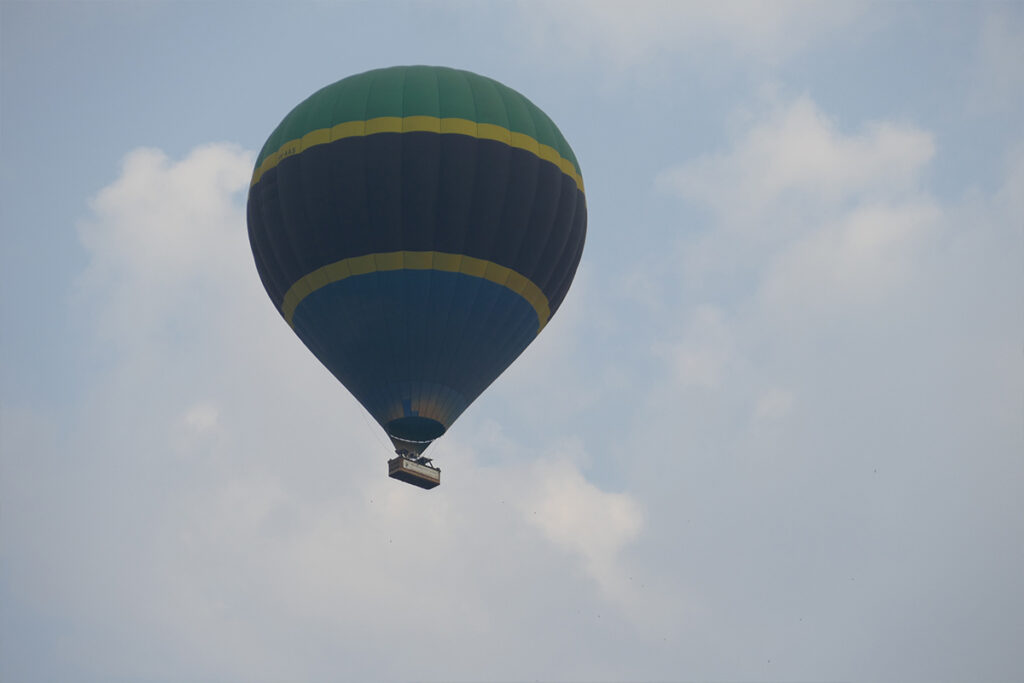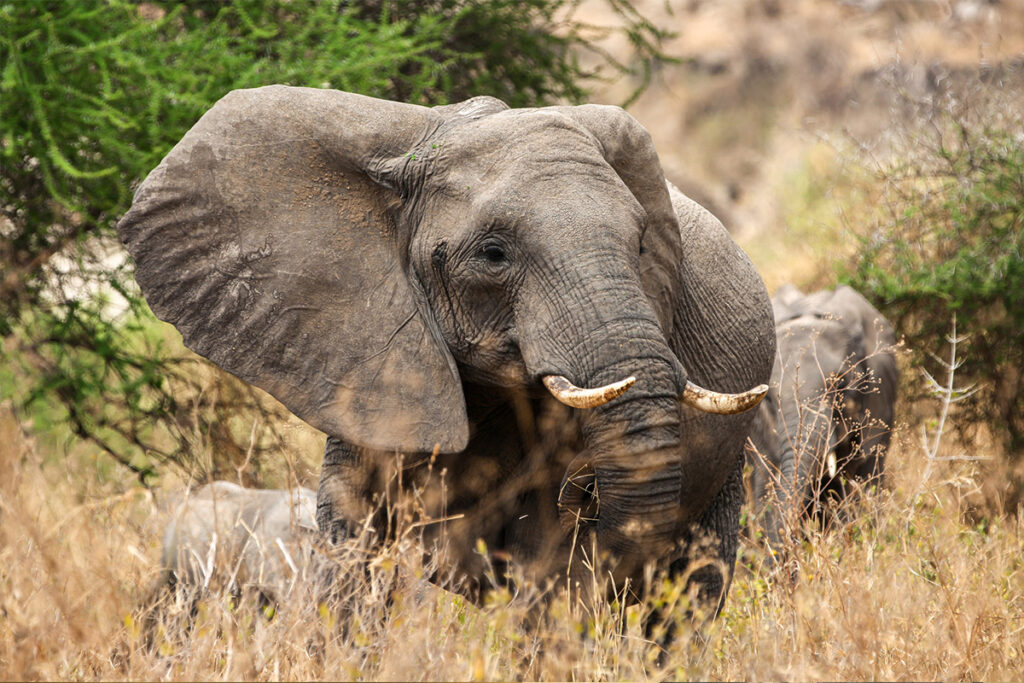Known for their striking red attire and unique way of life, the Maasai Tribe invites curiosity and admiration globally. How does a society steeped in age-old traditions adapt to the modern world? The answers lie in their vibrant culture, intricately woven with rituals and celebrations that have withstood the test of time.
Originating from the Nilotic ethnic group, the Maasai people have predominantly settled in Kenya and Tanzania. Their semi-nomadic lifestyle in the modern era speaks to their resilience and adaptability. Fascinatingly, the Maasai have maintained a lion hunting culture as part of their rite of passage, a tradition that is increasingly seen as a blend of bravery and identity in today’s conservation-focused world.

Discover the Maasai Tribe: Culture, Traditions, and Lifestyle
The Maasai Tribe is famous for vibrant clothing and extraordinary customs. Living mainly in Kenya and Tanzania, they are known for their semi-nomadic lifestyle. Their colorful shukas, which are traditional wraps, stand out in their community gatherings. This clothing is not just for looks; it helps identify their tribe and status. According to the article, their attire is also practical for adapting to different weather.
Rituals and celebrations occupy a central role in Maasai life. They have various ceremonies marking important life stages. Eunoto is one significant event where young warriors become elders. Music and dance are integral, particularly during these ceremonies. These traditions continue today, shaping the cultural backbone of the Maasai.
Adapting to modern times, the Maasai Tribe balances tradition with new influences. Some have settled in permanent homes, while others still roam. They actively engage in eco-tourism, bringing attention to their culture. Here is the post discussing how they turn cultural heritage into economic opportunities. This balance is crucial for their survival in a rapidly changing world.
One of their most intriguing traditions is lion hunting, seen as a rite of passage. While this practice faces challenges due to wildlife conservation, it remains an essential part of their identity. Discussions around conservation efforts aim to protect both wildlife and cultural heritage. Young Maasai are learning alternative rites of passage. This shift highlights the tribe’s adaptability and respect for both nature and tradition.
The Maasai Warriors: Tradition, Strength \u0026 Survival!
Significance of Maasai Tribe’s Semi-Nomadic Lifestyle
The semi-nomadic lifestyle of the Maasai Tribe is integral to their unique identity. It enables them to effectively manage and utilize their land, moving with their cattle to find the best grazing areas. This movement helps maintain the health of the land, preventing overgrazing. As they migrate, they build temporary homes called manyattas, exemplifying their adaptability. Their lifestyle is a practical response to the challenges posed by their environment.
Living a semi-nomadic life comes with several cultural and social benefits. For the Maasai, it fosters a strong sense of community and cooperation. Families move and set up homes together, ensuring mutual support and shared resources. This way of life also helps keep traditions alive, as elders pass on knowledge and skills during their travels. The dynamic nature of their lifestyle ensures that each generation remains connected to their cultural heritage.
Economically, the semi-nomadic lifestyle has its advantages. It allows the Maasai to trade and interact with different communities. They can sell livestock, milk, and crafts to various markets. According to this post, such trading activities have become vital for sustaining their livelihood. This economic independence reinforces their cultural practices and reduces reliance on external support.
However, modernization poses challenges to this traditional lifestyle. Land privatization and agricultural expansion limit their movement. Government policies and wildlife conservation efforts also impact their way of life. Despite these challenges, the Maasai find ways to adapt, balancing tradition with necessary changes. Their resilience and adaptability continue to be key to their survival in a rapidly evolving world.
The Role of Rituals and Celebrations in Maasai Culture
Rituals and celebrations hold immense significance in Maasai culture, marking major life transitions. These events are deeply rooted in their traditions and are essential for maintaining their cultural identity. One of the most prominent ceremonies is the Eunoto, where young warriors transition to elderhood. This event includes singing, dancing, and storytelling, reinforcing their sense of community and belonging. It is not just a celebration but a profound cultural milestone.
Community participation is key to ensuring these events are successful. Families and friends gather to support each other, fostering strong community bonds. The Maasai also emphasize the importance of attire, with participants wearing colorful beads and shukas. The vivid colors symbolize different aspects of life and status within the tribe. This visual element makes their celebrations both beautiful and meaningful.
Traditions are passed down through these rituals, teaching younger generations about their heritage. Elders play an essential role during these ceremonies by guiding and mentoring the youth. This interaction helps preserve their cultural practices and values. Understanding these traditions is crucial for maintaining their identity in a rapidly changing world. According to this article, such inter-generational bonds are vital for cultural continuity.
Music and dance are integral parts of Maasai celebrations. Traditional songs and dances are performed to honor ancestors and invoke blessings. Each ritual has specific dances, often involving jumping and rhythmic movements. These performances are not merely for entertainment but serve to connect the Maasai to their cultural roots. The energy and enthusiasm during these events are palpable, reflecting the vibrancy of their culture.
Interplay of Modern Adaptations and Traditional Practices among the Maasai
The Maasai Tribe adeptly blends modern adaptations with traditional practices. This delicate balance allows them to preserve their unique cultural identity while embracing elements of contemporary life. For instance, they have integrated modern healthcare into their communities without abandoning traditional healing methods. This combination ensures both cultural respect and improved health outcomes. In this way, the Maasai navigate the challenges of the modern era.
Education plays a significant role in this adaptation process. Many Maasai children now attend school, learning subjects like math and science alongside tribal history. This dual education system offers them broader opportunities while grounding them in their cultural heritage. Maasai families value education as a pathway to better economic prospects. However, they ensure that their children remain connected to their roots through cultural teachings at home.
Technology has started to make its way into Maasai daily life. Mobile phones help with communication and allow them to access banking services. This technology is vital for trading activities, allowing efficient coordination and pricing. Other tools like solar panels are becoming popular, providing sustainable energy solutions without breaking their environmental harmony. This infusion of technology demonstrates adaptability while respecting traditional ways of living.
The interplay also extends to their diet and agriculture. While the Maasai still rely heavily on cattle for milk and meat, they are embracing crop farming for diversification. This shift helps them deal with changing environmental conditions and food security issues. It represents a strategic adaptation to ensure their livelihood across varied circumstances. By integrating new farming techniques, the Maasai aim to ensure sustainability and resilience.
Community ceremonies reflect this blend of old and new. While traditional celebrations retain their significance, certain modern elements have seeped in. For example, music and clothing during festivals may now include contemporary influences. This fusion keeps traditions alive, appealing to younger generations who are exposed to diverse cultures. Yet, at their core, these events continue to honor Maasai customs.
The Maasai Tribe’s ability to adapt without losing their essence is noteworthy. They show that tradition and modernity are not mutually exclusive. According to this post, such balance is essential for thriving amid constant change. By embracing the new while cherishing the old, the Maasai pave the way for future generations. Their story is one of resilience, creativity, and cultural pride.
Resilience and Identity: The Essence of Maasai’s Lion Hunting Tradition
The Maasai’s lion hunting tradition is deeply rooted in their culture, symbolizing courage and strength. Traditionally, young Maasai warriors participated in the hunt as a rite of passage to prove their bravery. This practice was also a method of protecting their livestock, which are central to their economy and livelihood. However, with evolving perspectives on wildlife conservation, this tradition faces new challenges. Today, the Maasai seek to balance cultural heritage with ecological responsibility, maintaining their identity while adapting to change.
Historically, lion hunting involved a group of warriors called Morans. Their task was to skillfully track and hunt lions using only traditional weapons. This required unwavering teamwork and exceptional bravery, qualities highly valued within Maasai society. Through this practice, warriors gained respect and earned a place as leaders within their community. Though controversial now, it once played a crucial role in strengthening community bonds.
In recent years, there has been a shift in how this tradition is perceived and conducted. Conservation efforts and legal restrictions have led to the decline of traditional lion hunting. The Maasai are now exploring alternative rites, focusing on symbolic ceremonies that celebrate bravery without harming wildlife. According to various reports, these changes aim to ensure the survival of lion populations while preserving the essence of Maasai culture. This transformation aligns with global efforts to promote sustainable traditions.
The transition from lion hunting to alternative traditions has not been without its challenges. For many Maasai, abandoning this practice means losing a vital part of their identity. Community leaders and elders are working to find new ways for young warriors to prove their skills and courage. They engage in cultural education programs, emphasizing the importance of both heritage and conservation. This ongoing dialogue ensures a respectful compromise that honors both cultural values and environmental stewardship.
As they adapt, the Maasai continue to demonstrate resilience and creativity. Their story showcases how traditional practices can evolve without losing their core meaning. This evolution serves as an inspiration for communities worldwide facing similar challenges. By prioritizing both cultural integrity and environmental sustainability, the Maasai serve as stewards of their land and legacy. Today, their practices capture the essence of a rich heritage while embracing the need for change.
The Influence of Maasai Tribe on Kenya and Tanzania’s Tourism
The Maasai Tribe significantly enhances the tourism experience in Kenya and Tanzania. Their vibrant culture and traditions attract countless visitors every year. Tourists are eager to witness Maasai dances, rituals, and the distinctive red shukas worn by tribe members. In this way, the Maasai have created a cultural draw that adds unique value to the tourism industry. This attraction complements the natural beauty of the region, offering tourists a comprehensive cultural and wildlife experience.
Ecotourism is one area where the Maasai have made substantial contributions. Many Maasai communities are involved in running eco-lodges and wildlife conservancies. These initiatives not only preserve the environment but also provide income for the tribe. Guests are offered immersive experiences, learning about Maasai customs and their relationship with the land. This sustainable approach benefits both the tribe and the environment, promoting responsible tourism.
| Impact of Maasai on Tourism | Benefits |
|---|---|
| Eco-lodges and Conservancies | Provides sustainable income and environmental preservation |
| Cultural Tours | Enhances tourist understanding and appreciation of Maasai culture |
| Handicraft Sales | Generates revenue through the sale of traditional crafts |
Handicrafts are another significant aspect of the Maasai’s influence on tourism. Tourists often purchase traditional Maasai beadwork, jewelry, and art. These items serve as cherished souvenirs and a means of supporting local artisans. The Maasai’s craftsmanship is renowned, and their products are valued for their beauty and cultural significance. This trade provides an essential income stream for the communities.
In addition to economic benefits, Maasai involvement in tourism fosters cultural exchange. Visitors gain profound insights into Maasai life, fostering respect and understanding between different cultures. This exposure helps break down stereotypes and promotes global awareness. For the Maasai, it is an opportunity to share their heritage and educate the world about their way of life. This cultural interaction enriches both the tourist experience and the Maasai community.

Frequently Asked Questions
The Maasai Tribe is known for its unique culture, traditional practices, and vibrant lifestyle. Here are some common questions experts have about their way of life.
1. What distinguishes Maasai clothing from other African tribal attire?
Maasai clothing is distinct primarily due to its bright red color, known as shukas. These vibrant wraps are not just for aesthetics; they symbolize courage and are practical, offering protection from harsh weather.
In addition to shukas, Maasai adorn themselves with colorful beadwork and jewelry. Each bead’s color and arrangement tell a unique story, signifying status or clan membership. This attention to detail makes Maasai attire unique and culturally significant.
2. How do the Maasai maintain their traditional customs amid modern influences?
The Maasai balance tradition and modernity through selective adaptation. While they embrace modern education and healthcare, they still practice ancient rituals and ceremonies. This helps them stay connected to their roots while thriving in today’s world.
Community elders play a crucial role in passing down traditions. They educate the younger generation about their heritage, ensuring that their customs endure despite changing times. This approach helps preserve their cultural identity.
3. Why is cattle so important to the Maasai lifestyle?
Cattle hold immense value in Maasai culture as they symbolize wealth and social status. Livestock is essential for their diet, providing milk and occasionally meat, which are central to their nutrition.
Economically, cattle serve as a currency for trade and dowries. This importance extends beyond sustenance, influencing social structures and community relationships. Their semi-nomadic lifestyle revolves around cattle grazing patterns.
4. What role do Maasai rituals play in their community life?
Maasai rituals serve as significant milestones in an individual’s life, marking transitions like warrior initiation and elderhood. These ceremonies involve communal participation, strengthening bonds and fostering unity.
Rituals also preserve and transmit stories, values, and skills, playing a vital role in cultural education. Each ritual has specific dances, songs, and attire, making them memorable and impactful. They ensure the continuity and vitality of Maasai culture.
5. How does tourism impact the Maasai community?
Tourism provides a significant economic boost for the Maasai, offering income through cultural tours, eco-lodges, and handicraft sales. These activities allow them to showcase their heritage while supporting community projects and education.
However, tourism also presents challenges such as cultural exploitation and environmental strain. The Maasai address these by promoting responsible tourism that respects their traditions and conserves their natural resources. This balance is crucial for sustainable tourism and preserving their way of life.
MAASAI TRIBE: Origin and Culture [Kenya and Tanzania]
Conclusion
The Maasai Tribe’s intricate balance of tradition and modern adaptation showcases their resilience and cultural pride. They have managed to retain their identity while embracing necessary changes, thriving in a rapidly evolving world. This journey is inspirational, offering valuable insights into cultural preservation and adaptation.
By engaging in sustainable tourism and eco-conservation efforts, the Maasai effectively contribute to regional growth. Their vibrant culture not only enriches Kenya and Tanzania’s heritage but also fosters global cultural exchange. The Maasai’s story is a testament to the enduring power of community, heritage, and adaptability.



